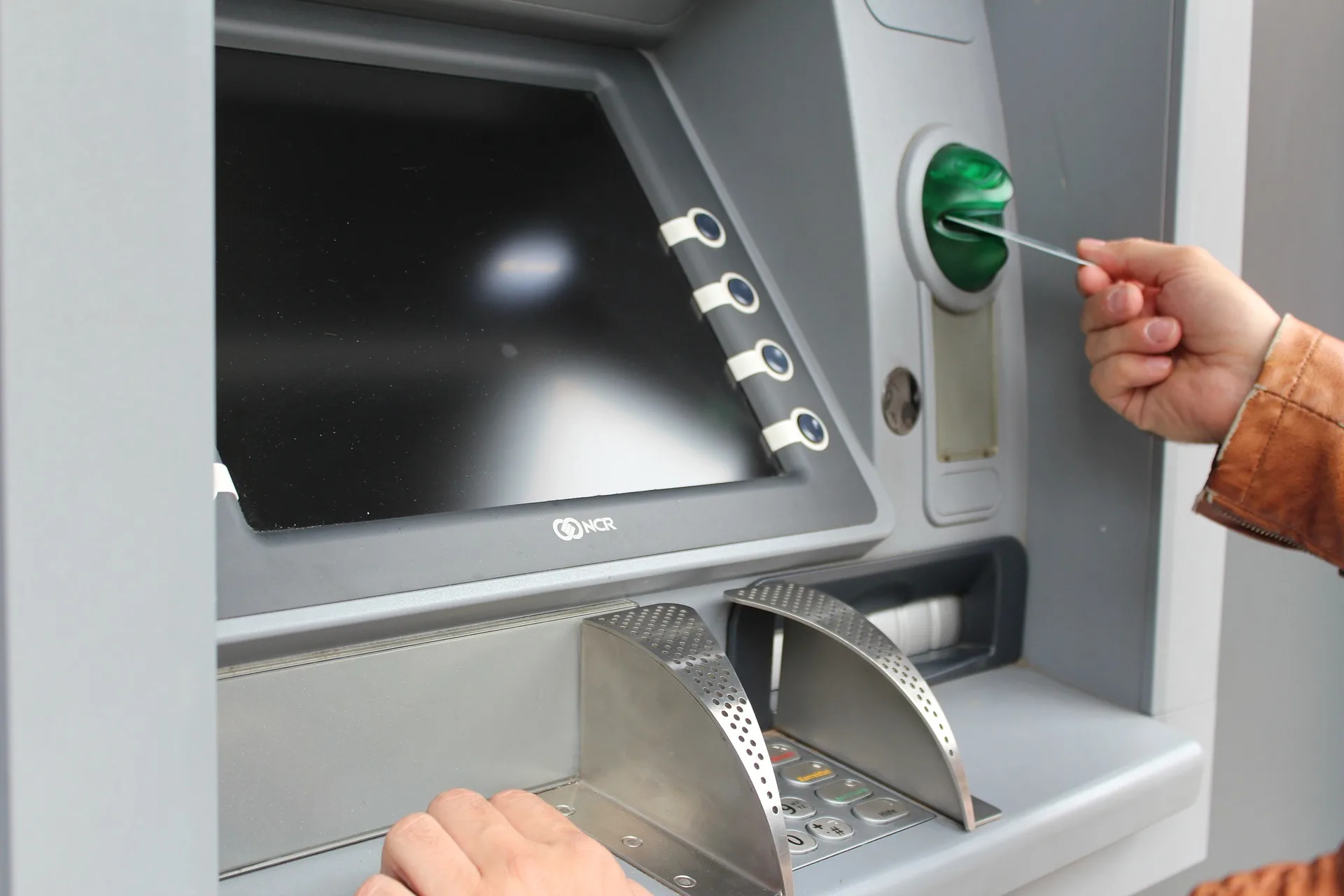Managing your bank account can sometimes feel like walking a financial tightrope. Overdraft protection is a tool designed to catch you if you slip, but it comes with its own costs and considerations. In this post, we’ll dive into what overdraft protection is, when it’s worth using, and how to avoid its pitfalls.
What Is Overdraft Protection?
Overdraft protection is a banking service that covers transactions when your account balance is too low. It prevents bounced cheques, declined debit transactions, or failed automatic payments by letting your bank temporarily lend you the difference.
How It Works
- Automatic Coverage: When your balance falls below zero, overdraft protection kicks in to cover the shortfall.
- Fees: Most banks charge a flat fee per transaction or a monthly fee for having the service.
- Repayment: The borrowed amount and any fees are automatically deducted from your next deposit.
Overdraft protection can act as a safety net, but it’s important to fully understand how it works to avoid surprises.
The Costs of Overdraft Protection
While it can save you from embarrassment or late payment penalties, overdraft protection isn’t free. Let’s look at the typical costs:
- Per-transaction fees: Charged each time overdraft protection is used, often ranging from $5 to $10.
- Interest rates: Some banks apply daily interest on the overdrawn amount.
- Monthly fees: A set fee just for having overdraft protection, even if you don’t use it.
Example of Overdraft Costs
Let’s say your account goes negative by $50. With a $5 overdraft fee and an additional $1 daily interest, leaving the balance unpaid for a week could result in a $12 charge. While it seems small, frequent occurrences can quickly add up.
For more insights on managing fees, check out our post on Understanding Bank Account Fees and How to Minimize Them.
When Is Overdraft Protection Worth It?
There are specific situations where overdraft protection can be a lifesaver:
1. Avoiding Bounced Cheques or Late Fees
If you’ve ever bounced a cheque, you know the recipient could face a fee, and you’ll likely pay a non-sufficient funds (NSF) fee as well. Overdraft protection can prevent this.
2. Covering Emergency Expenses
Sometimes unexpected expenses hit when your account is low. Overdraft protection ensures that crucial payments, like rent or utility bills, go through.
3. Peace of Mind for Frequent Bill Payments
With automatic bill payments, you might not always remember the exact due dates. Overdraft protection helps avoid declined transactions, which can save you time and hassle.
Pitfalls of Overdraft Protection
Despite its advantages, overdraft protection can lead to bad financial habits if not used carefully.
1. Frequent Usage
Over-reliance on overdraft protection can lead to repeated fees, creating a cycle of dependency. Consider setting up low-balance alerts on your account to avoid falling back on overdraft protection unnecessarily.
2. High Costs Over Time
While a single fee might seem manageable, frequent use adds up. If you’re dipping into overdraft often, it may be time to revisit your budget.
Read more about setting achievable financial goals in our guide on financial goal setting.
3. False Sense of Financial Security
Because overdraft protection automatically covers shortfalls, it might create a false sense of financial security. This can lead to less mindful spending.
Alternatives to Overdraft Protection
If you’re looking for ways to manage your finances without relying on overdraft protection, here are a few alternatives:
1. Emergency Fund
Having a cushion of savings can help you cover unexpected expenses without dipping into overdraft. Learn how to build one in our guide to building an emergency fund.
2. Line of Credit
For a more flexible borrowing option, consider a line of credit, which typically offers lower interest rates than overdraft fees.
3. Low-Balance Alerts
Most banks offer notifications that alert you when your balance is low, giving you a chance to transfer funds or adjust spending.
4. Budgeting Tools
Many banks and financial apps provide budgeting tools that help you track spending and avoid overdraft situations. These tools can help you manage your money more effectively.
5. No-Fee Banking Accounts
Switching to a no-fee chequing account can also help reduce the likelihood of overdrawing your account. Some accounts come with free overdraft protection or no fees for small overdrafts.
Tips to Avoid Overdraft Pitfalls
Here are some strategies to steer clear of overdraft fees:
- Monitor Your Account Regularly: Use mobile banking to keep an eye on your balance.
- Set Up Direct Deposits: Ensure timely income deposits to avoid insufficient funds.
- Track Upcoming Bills: Stay ahead of automatic payments by keeping a calendar of due dates.
- Use Separate Accounts for Bills: Consider keeping a dedicated account for recurring payments to avoid mixing your discretionary spending with essential bills.
- Check Your Spending Habits: Identifying areas where you can cut back can prevent frequent overdraft situations.
For more strategies, read our beginner’s guide to budgeting.
Is Overdraft Protection Right for You?
Ultimately, the decision to use overdraft protection depends on your financial habits and needs. For some, it’s a useful safety net. For others, the costs might outweigh the benefits.
Factors to Consider:
- How often do you dip into overdraft? If it’s frequent, consider other financial tools.
- Do you have an emergency fund? This can eliminate the need for overdraft protection.
- Can you manage the fees? Small, occasional fees may be worth the convenience.
Overdraft protection is a helpful financial tool, but it’s important to use it wisely. Understanding the costs and benefits can help you decide if it’s right for you. By exploring alternatives and adopting smart financial habits, you can avoid the pitfalls of overdraft and take control of your finances.



